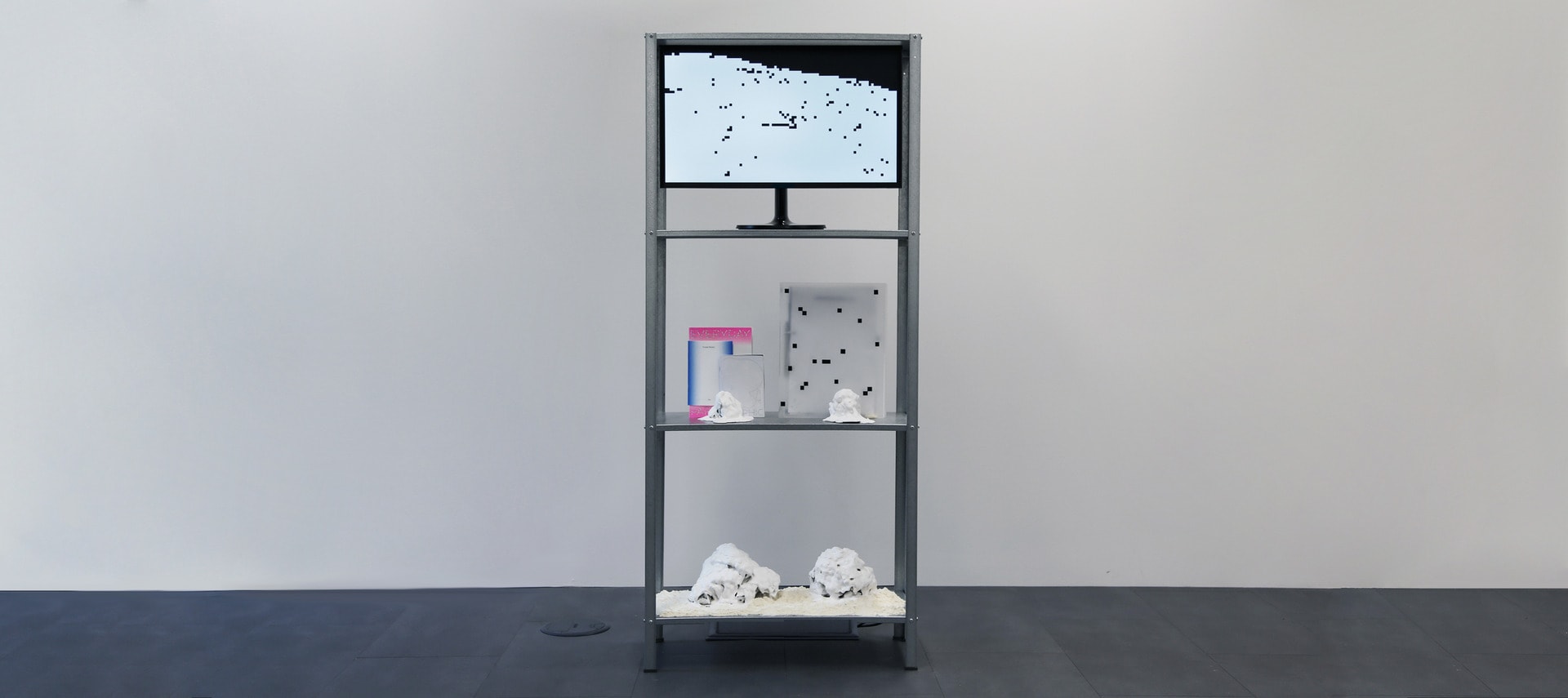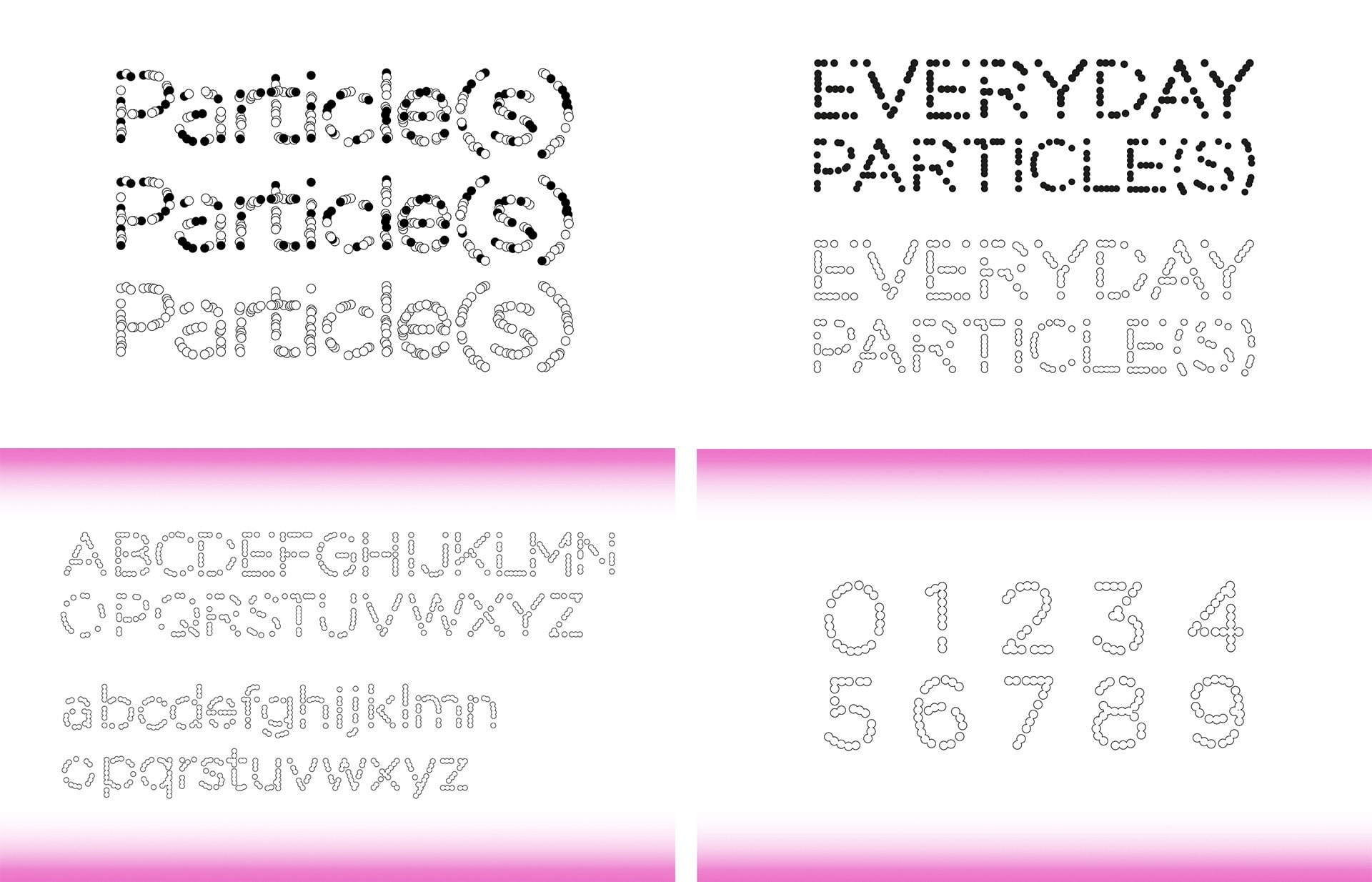Ryeojin Min (Lea) is a graphic designer and visual communicator, based in London and Seoul.
She communicates through various visual media: from still images to graphic documentary. Currently, she explores space-time at the border between reality and virtuality through multidisciplinary research, particularly modern physics and quantum mechanics, and her own graphic methodology.
Before her MA(RCA) in Experimental Communication, Ryeojin completed a BA in Entertainment Design at Kookmin University in 2018.







